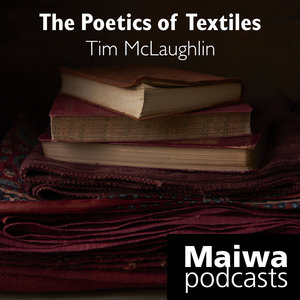Itajime dyed textiles by Angelina DeAntonis


FRIDAY-SUNDAY JUNE 4-6, 2010
Maiwa East, 1310 Odlum Drive
Vancouver, Canada
10:00 am - 4 pm $295
includes a $75 lab fee. Class limit 16
In this workshop students will learn the clamp resist technique known as Itajime. Angelina DeAntonis has used this technique in her San Francisco studio to give the signature look to her successful line of clothing known as Ocelot.
Students will work with organic linen, wool, and silk as they master the itajime resist technique with a selection of natural dyes. The workshop will be held at the Maiwa East Studio. A well appointed space dedicated to the textile arts.
This is the first time that Angelina is offering this workshop in Canada.
Registration Opens April 8 at 10:00 am. To register please call or visit the Maiwa Supply store (there is no on-line registration for this workshop).
MAIWA HANDPRINTS
604 669 3939


WEDNESDAY JUNE 2, 2010
Sandbar Restaurant Granville Island,
Vancouver, Canada
11:30 am - 1 pm Tickets $40
includes a lunch, wine and a
20% discount for after show sales
tickets available at:
SILK WEAVING STUDIO
604 687 7455
MAIWA HANDPRINTS
604 669 3939


JUNE 3 - 30, 2010
Silk Weaving Studio, Granville Island
Vancouver, Canada
OPENING 6 - 8 pm Thursday June 3
SILK WEAVING STUDIO
604 687 7455


































